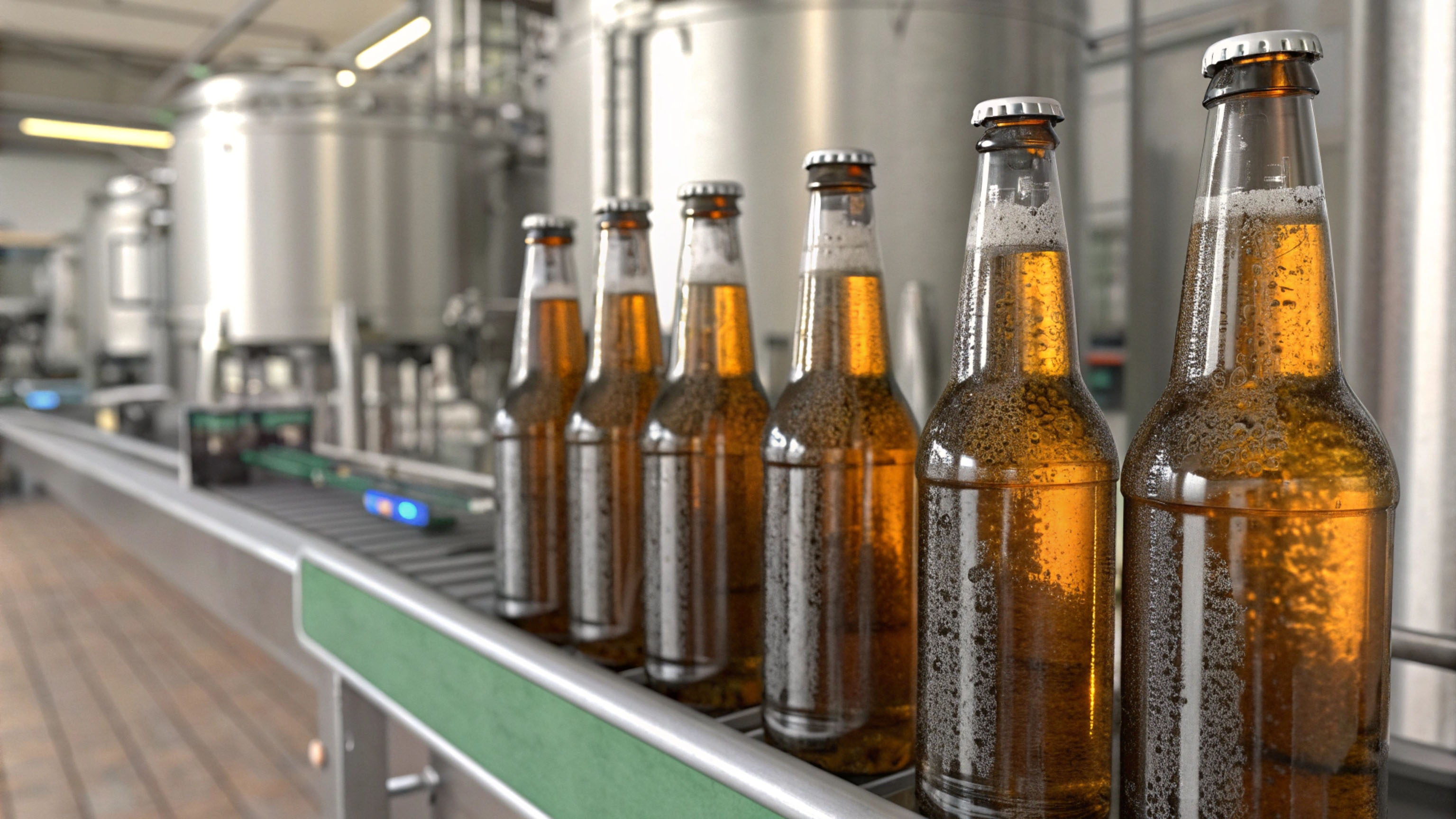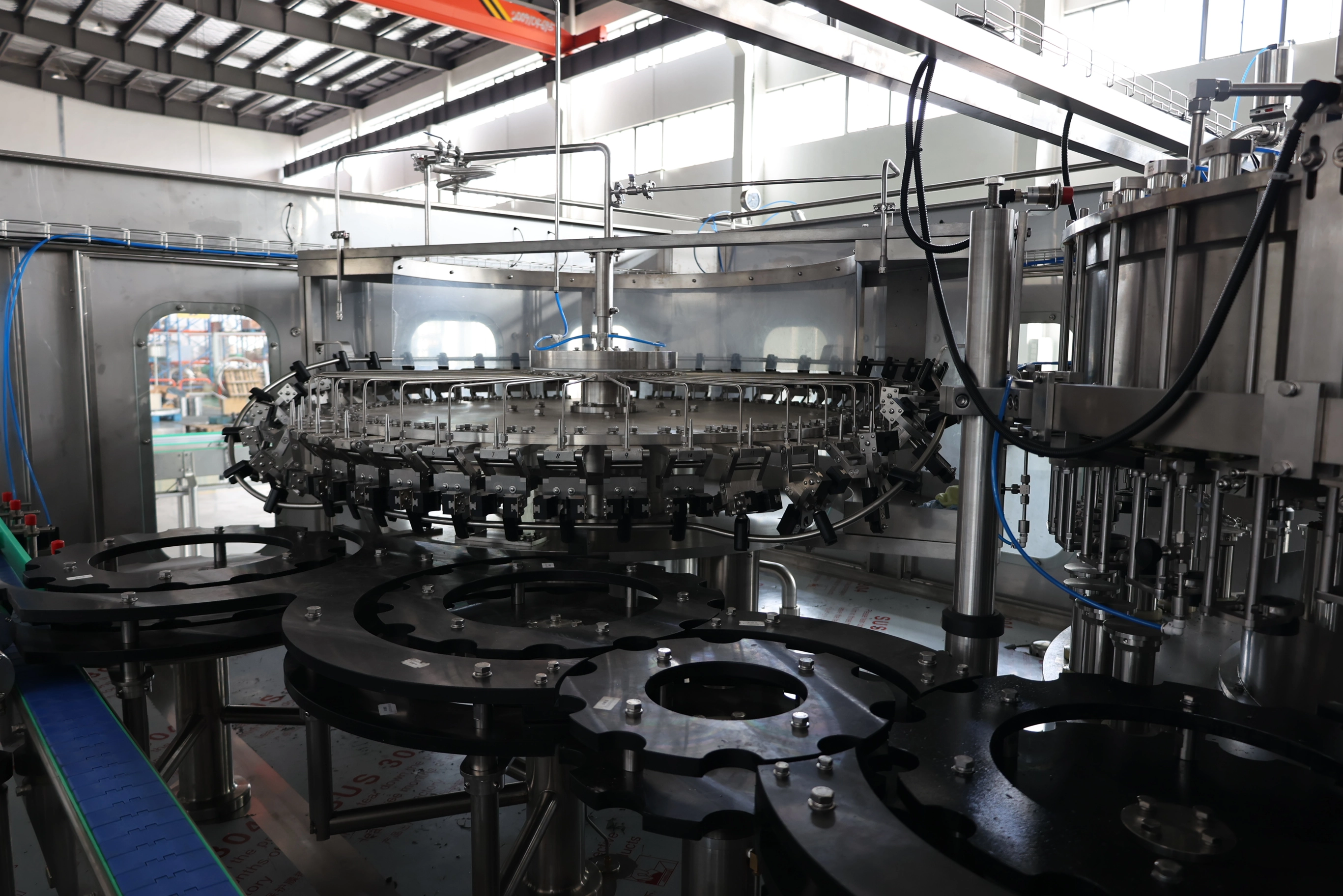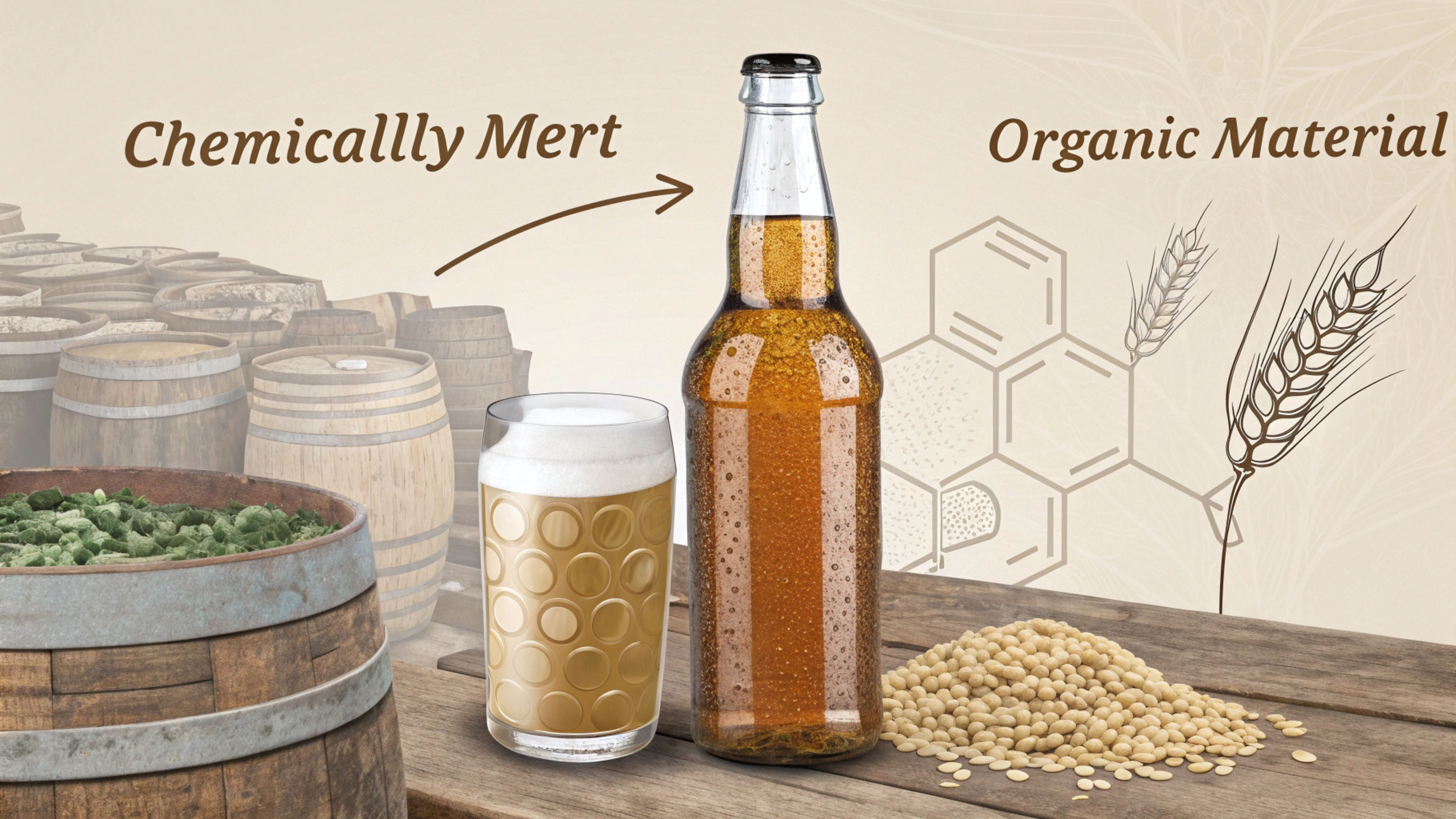Seeing those shiny glass bottles line the shelves might feel old-fashioned. But for brewers serious about delivering their beer exactly as intended, glass offers fundamental advantages that plastic struggles to replicate reliably and cost-effectively. What makes glass so suitable?
Glass provides an almost perfect barrier against oxygen and CO2, easily handles carbonation pressure, is chemically inert so it doesn't affect flavor, and offers excellent UV protection when colored. It conveys quality.

Let's examine the inherent strengths of glass for beer packaging.
Glass has been used for centuries for a reason. Its physical and chemical properties make it exceptionally well-suited for sensitive products like beer.
Impermeability: This is glass's superpower. It is virtually impermeable to gases. This means:
CO2 Stays In: The carbonation level the brewer carefully set remains stable for a very long time. No flat beer.
Oxygen Stays Out: Glass provides a near-perfect barrier against oxygen ingress, protecting the beer from oxidation and staling. This ensures a longer shelf life and maintains the fresh flavor profile. As someone supplying filling lines, I know preserving quality until the customer opens the bottle is paramount.
Chemical Inertness: Glass is made from sand (silica), soda ash, and limestone – materials that do not react with beer. It won't leach any chemicals into the beer, nor will it absorb flavor or aroma compounds from the beer (no scalping). The taste the brewer created is the taste the customer gets. This is crucial for product integrity.
UV Light Protection: Beer is sensitive to ultraviolet (UV) and even some visible light, which can cause the dreaded "lightstruck" or "skunky" flavor. Glass can be easily colored, with amber (brown) offering the best protection, followed by green. Clear glass offers little protection, which is why beers sold in clear bottles often have light-stable hop extracts or need to be kept in secondary packaging.
Premium Perception: Rightly or wrongly, glass often conveys a sense of higher quality and tradition to consumers compared to plastic. Its weight, clarity, and feel contribute to this perception.
While glass does have downsides – mainly its weight (increasing transport costs) and susceptibility to breakage – its core technical advantages in protecting beer quality mean it remains the preferred choice for most breweries worldwide. Its recycling infrastructure is also well-established in many regions.
We've focused on beer, but what about other alcoholic drinks? You sometimes see wine, spirits, or ready-to-drink cocktails in plastic. Why is plastic okay for them sometimes, but generally not for beer or high-proof liquors?
The suitability of plastic depends on the alcohol content, carbonation level, and sensitivity to oxygen. High-proof spirits may interact chemically with plastic, while beer's carbonation and oxygen sensitivity pose unique challenges.

Let's explore how alcohol interacts with plastic packaging.
Alcohol itself, particularly ethanol, acts as a solvent. The higher the alcohol concentration, the greater its potential to interact with plastic materials like PET.
High-Proof Spirits (Whiskey, Vodka, etc.): These typically have alcohol by volume (ABV) of 40% or higher. At these concentrations, there's a greater risk that the alcohol could slowly extract, or "leach," trace amounts of substances from the plastic bottle wall over time. These could include unreacted monomers, catalysts, or additives used during plastic manufacturing. While modern PET is very stable, the potential for interaction and flavor modification leads most spirit producers to prefer glass for its proven inertness, especially for products intended for long shelf life or aging. Brand image and tradition also play a significant role here.
Wine: Wine typically has a lower ABV (around 10-15%) and is not carbonated (unless it's sparkling wine). Oxygen management is critical for wine quality. While glass is traditional, PET bottles with oxygen barrier layers are increasingly used, especially for wines intended for quicker consumption (within 1-2 years). They offer advantages in weight, cost, and safety (festivals, airlines). However, concerns about oxygen ingress over longer periods and potential flavor scalping remain for premium wines.
Ready-to-Drink (RTDs) / Coolers: These often have moderate ABV and may be carbonated. PET is commonly used, balancing cost, convenience, and acceptable shelf life for these types of products, which are generally consumed relatively quickly.
Beer: As discussed, beer presents a unique combination: moderate alcohol content, significant carbonation pressure, and extreme sensitivity to oxygen. This trifecta makes standard PET unsuitable and pushes brewers towards glass or specialized, more expensive barrier plastics. The user insight mentioned chemical reactions – while dramatic reactions are unlikely with beverage-grade PET, the subtle leaching or scalping influenced by alcohol and other beer components is a valid concern for brewers focused on flavor purity.
Essentially, the choice depends on a risk assessment: balancing the product's specific characteristics (ABV, CO2, O2 sensitivity, flavor profile), intended shelf life, cost targets, market positioning, and consumer expectations.
So, when a brewer makes the final packaging decision, why does glass win out so often over plastic, especially when considering the very taste of the beer? It comes down to protecting the complex chemistry inside the bottle.
Glass is chosen because it's chemically inert, meaning it won't react with or alter the beer's delicate flavors. Plastic, being an organic material itself, carries a small risk of interacting with beer's organic compounds.

Let's delve into the chemical compatibility aspect mentioned in the initial insight.
Your insight about potential chemical reactions between beer's organic components and plastic is key. Beer is a complex beverage containing hundreds of different compounds: alcohols, esters (fruity flavors), phenols (spicy/clove flavors), hop oils (aroma/bitterness), proteins, and more. Plastic bottles, primarily PET, are also organic polymers.
The principle of "like dissolves like" suggests that organic compounds in the beer might have some affinity for the organic plastic material. This can lead to two main issues impacting flavor and potentially quality:
Leaching: This is when very small molecules from the plastic material migrate into the beer. While beverage-grade PET is manufactured to minimize this and is considered safe, there's always a theoretical possibility, especially over long storage times or with higher alcohol content, that trace amounts of residual monomers (like terephthalic acid or ethylene glycol) or additives could leach out. Even if non-toxic, these could potentially impart subtle off-flavors. Glass, being inorganic and inert, eliminates this risk entirely.
Flavor Scalping: This is the opposite effect, where desirable aroma and flavor compounds from the beer are absorbed into the plastic bottle wall. Delicate hop aromas, fruity esters, or specific yeast characteristics could be diminished over time, changing the beer's intended profile. The beer effectively becomes less flavorful or loses its distinctiveness. Glass does not absorb any flavor components.
Combined with glass's superior performance in handling pressure and blocking oxygen, this chemical inertness makes it the safest bet for brewers who prioritize delivering the exact flavor profile they crafted. As someone who provides packaging machinery (like our filling lines at EQS), I understand that maintaining product integrity from the bright tank to the consumer is non-negotiable for quality-focused brands. While barrier plastics are improving, glass offers that absolute guarantee of non-interaction, which is why it continues to dominate the beer market.
While plastic offers tempting benefits like lower weight and cost, glass remains the champion for beer packaging. Its superior ability to handle carbonation, block oxygen, and remain chemically neutral protects the beer's quality and flavor best.
Written by Allen Hou
EQS Packing
[email protected]
www.eqspack.com
EQS: Your partner in advanced liquid packaging solutions from China.
Copyright © JIANGSU EQS MACHINERY CO.,LTD